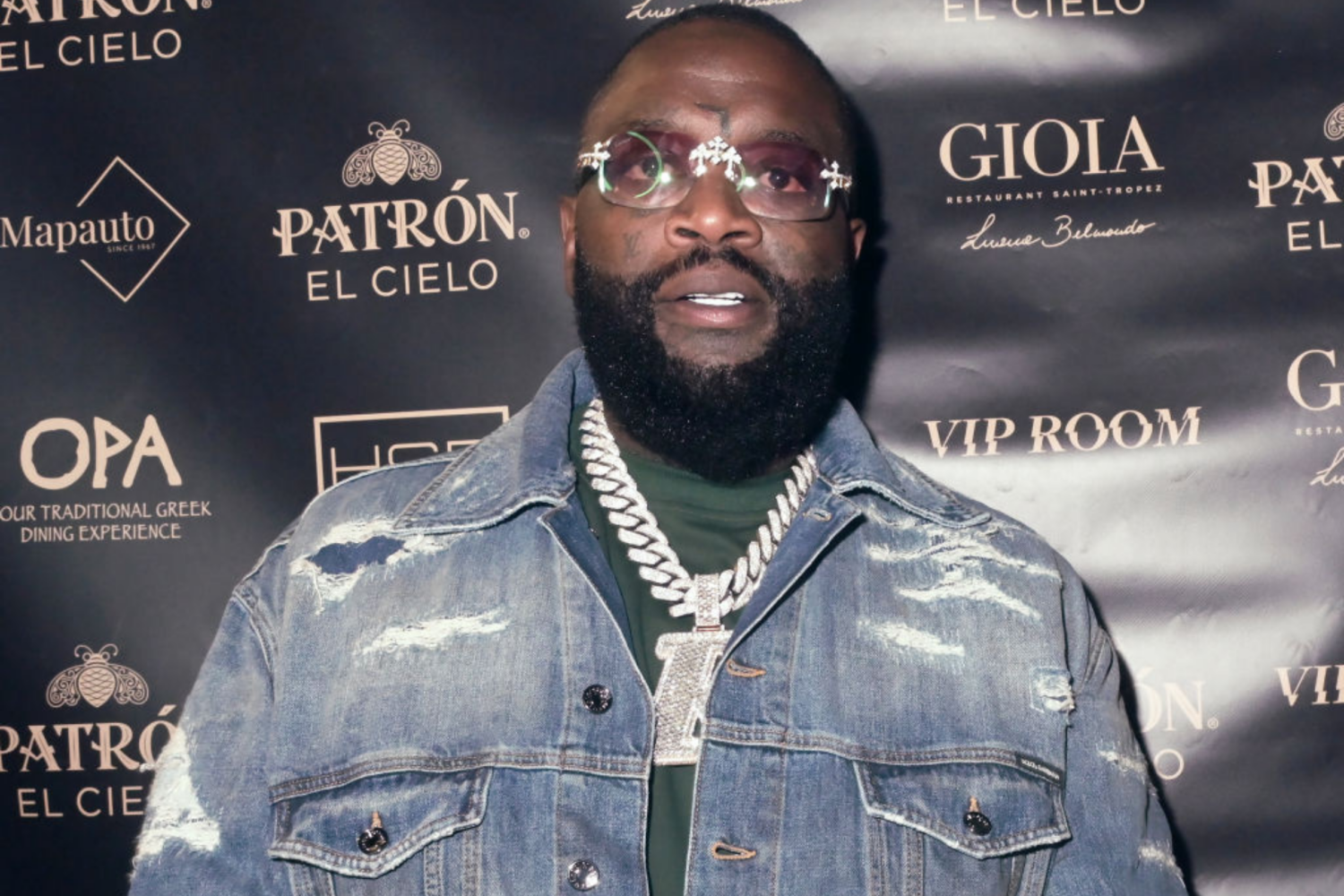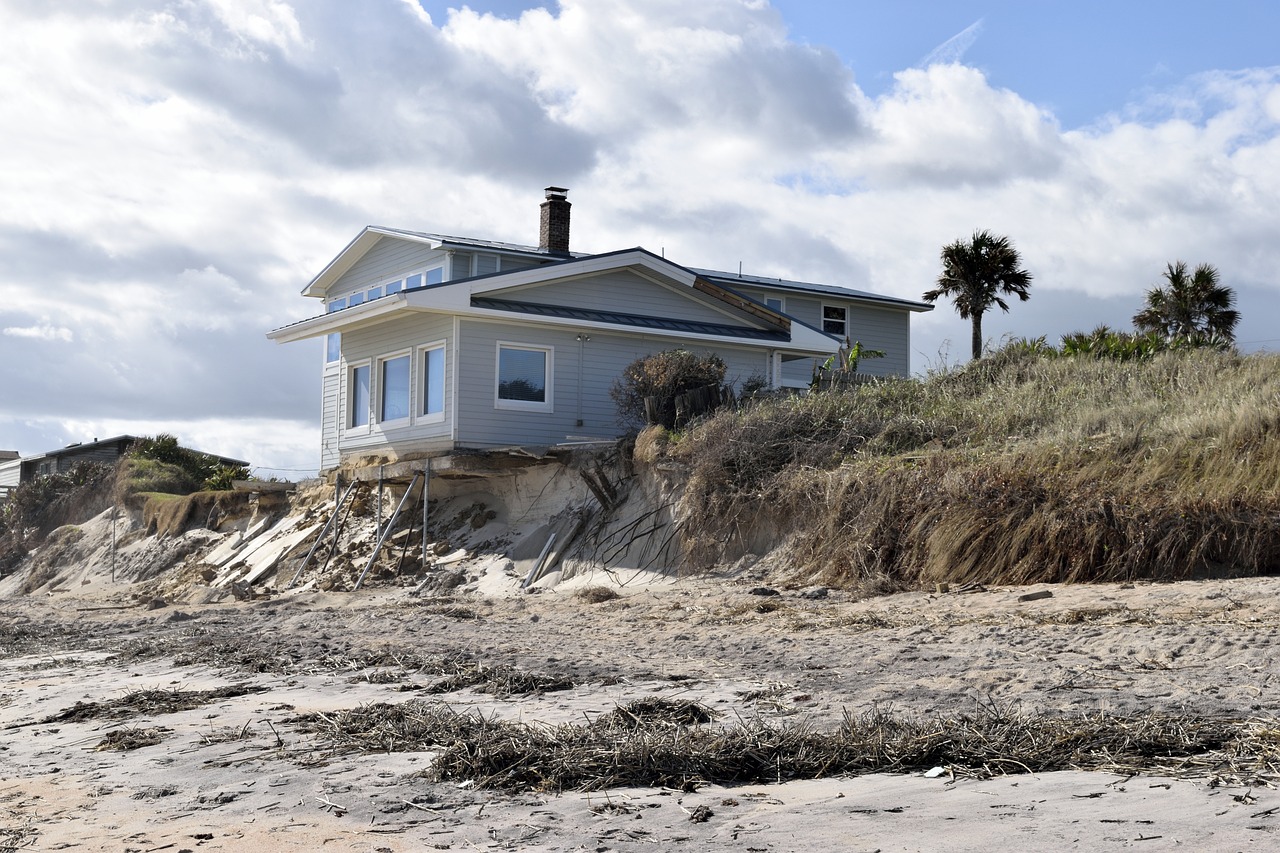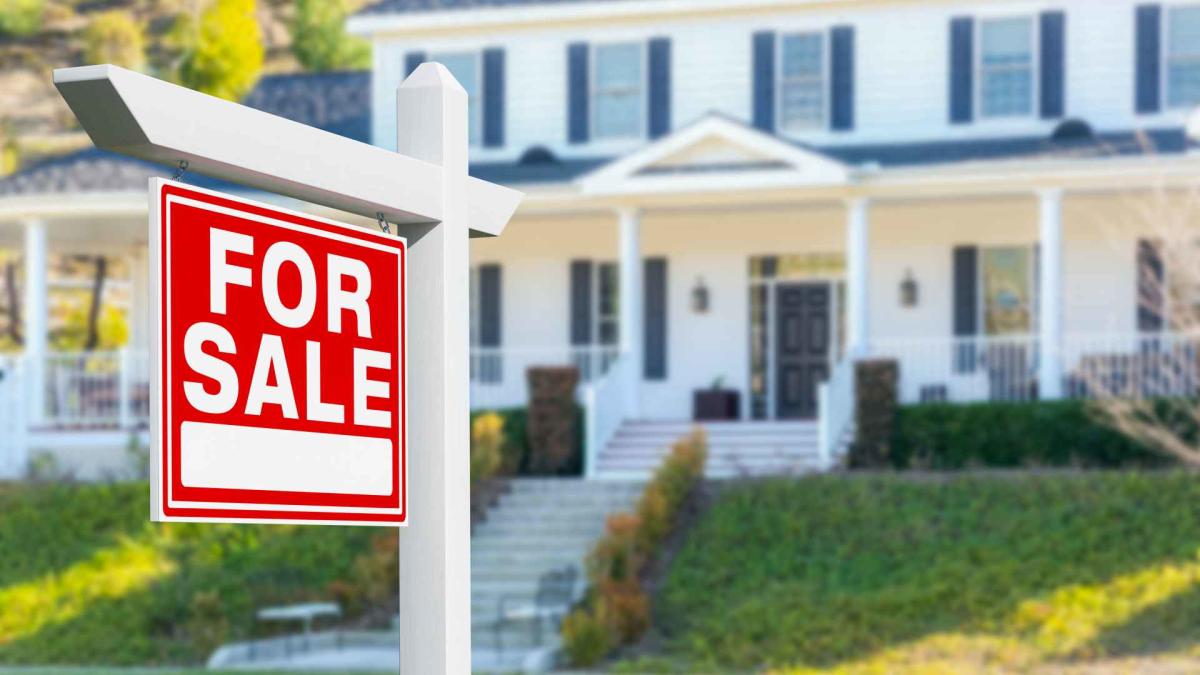The Hamptons Real-Estate Market Is Cooling After a ‘Pandemic Frenzy’
- The Hamptons real-estate market is beginning to cool off after a pandemic-era boom.
- Borrowers face huge loans as property values normalize and supply-chain issues hold up projects.
- Before, summer rentals were spoken for by January. Now, as travel fears recede, some houses linger.
The estate is glorious: a 14,000-square-foot house nestled in Southampton, the largest in a string of well-manicured hamlets that make up the Hamptons on Long Island.
The investor Yonel Devico didn’t necessarily buy the property in the fabled stomping grounds for New York’s richest residents. But this summer, Devico’s Miami firm, Crosby Capital, bought the distressed $6.5 million bridge loan that the estate’s builder defaulted on.
The builder had made a speculative bet on the Hamptons: They had purchased the property in the pricey enclave, took out the $6.5 million loan for construction, and started to erect the massive house on it. Then they fell behind on payments to one of the largest bridge lenders in the country, Devico said.
You see, the builder was betting that they could later sell the home to not only recoup their costs but also turn a profit. That bet doesn’t seem as smart now.
Devico told Insider he’s now working with the builder to bring them up to speed on payments for the construction loan. In return, Devico’s firm pockets the difference on the dollar it purchased the loan for.
Devico declined to discuss specifics of the borrower, the loan, or the property.
The house is now on the market for about $13 million, Devico said. In a robust market, the property would sell for that sum, and fast — which would bail out the borrower and line Devico’s pockets. Two years ago, that would have been a safe bet. (If the property doesn’t sell, Devico could foreclose to recoup his costs.)
The shifting market is a stark turn of events from the past two years, when interest rates plummeted and property values soared in the Hamptons. New Yorkers fled there to quarantine and work remotely, boosting demand for not just the summers but also all year long. Investors, as well as monied buyers, jumped in to join the fray and borrowed cheap money at the peak of the market.
“There are some loans on properties worth $100 million right now, which never existed,” Devico said. “When properties’ values went up a lot, and borrowers borrowed more money than they should have, now they’re stuck with a market that’s cooling off and loans that are huge — $50 million, $60 million.”
On top of that, even some of the largest lenders in the country — like the one Devico purchased the Hamptons loan from — fell victim to the irrational exuberance of the housing market, making big loans that, in the end, went bad.
People who borrowed easy money during the pandemic to construct or purchase pricey properties in the Hamptons are now faced with a new reality: a cooling luxury-real-estate market driven by the downturn in the economy, rising inflation and interest rates, the uncertainty surrounding the war in Ukraine, and the flexibility to travel internationally as fears of COVID-19 recede.
The famously affluent area, whose real-estate market became stratospheric during the pandemic as the rich grew richer, is coming back down to earth.
‘It’s a different market’
Some folks who took out loans earlier in the pandemic relied on the ability to rent their properties during the high season to recoup costs. But after two frenzied summers, the Hamptons market has slowed considerably. Last year, the area’s summer rentals were all accounted for by January. But some real-estate agents say that this year, a number of properties listed at sky-high pandemic prices — at least one for more than $1 million a month — have lingered on the market, struggling to find renters.
Enzo Morabito, a Douglas Elliman broker, told CNBC in May that a waterfront rental he was representing seeking $70,000 a month garnered an offer from a prospective renter for $45,000.
“We were hoping the renter would split the difference, but it’s a different market right now,” he told CNBC.
Morabito told Insider that’s not even the most radical reduction he’d seen, citing a $300,000-a-month rental in Water Mill that underwent a price drop to $150,000 a month and was still negotiating a summer lease.
“2020 prices for both rentals and sales went really crazy in the Hamptons. It increased by a factor of two, sometimes three,” said Robert Dankner, the president of the boutique luxury-real-estate firm Prime Manhattan Residential, which serves wealthy people in Manhattan and the Hamptons. “This year, it’s well off the highs and prices are dropping. They’re still well above pre-pandemic levels, but because it was such a huge price acceleration, it was just unsustainable.”
Closed sales in the first quarter of 2022 pushed the average luxury sales price in the region up nearly 49% from the same period in the previous year, to $12.2 million, according to Douglas Elliman’s first-quarter market reports.
Garrett Derderian, the director of market intelligence for the real-estate brokerage Serhant, said sales were always a “lagging indicator” of the market because many of the agreements “could have gone into contract up to a year ago.” Future reports will bear out the changing reality of renting or buying in the area.
For now, signed contracts give a better idea of where the market is, and Douglas Elliman’s June report said signed contracts had been falling annually since May 2021, with the number of new listings entering the market exceeding pre-pandemic levels.
Dankner added that the rental slowdown wasn’t indicative of a collapsing area market but a return to normal.
Courtesy of Robert Dankner
“The market is healthy,” Dankner said. “It’s back at a normal equilibrium where prices are firm, but they’re certainly well off the pandemic frenzy. It was nutty.”
Those rentals or for-sale homes still sitting on the market as summer slips by are also indicative of the owners’ refusal to lower their standards — defined by the atypical highs of the past two years — for what they think a Hamptons house is worth. Dankner said a lot of people started to rely on the thought that they’d be able to sell their house at pandemic highs and were “very reluctant to work with the market” as it cooled.
That disparity between homes priced for the market of two years ago and the reality of today is creating that boost in available inventory.
Savvy buyers are pulling back
Meanwhile, with the stock market falling and interest rates rising, prospective buyers are taking their foot off the gas.
Cody Vichinsky, a cofounder of the boutique Hamptons firm Bespoke Real Estate, said the Hamptons was a “discretionary market,” meaning that properties are serving as second, third, or fourth homes, rather than primary residences that are essential to their owners. If the rise in interest rates is giving buyers pause, he said, it’s because they’re worried about what that might indicate about the market at large.
“It’s more about the direction of the world” than that they can’t afford the homes, he said.
Derderian of Serhant said wealthy buyers could also be hesitant to purchase properties in all cash during a bear market.
“Even if they have the cash to afford the home, they oftentimes don’t want to take things out of the market, especially if the market has gone down,” Derderian said. “We tend to see buyers not want to pull that money out to purchase an asset. They would rather keep it in the market.”
Douglas Elliman Realty
Dankner said he’s seeing the fallout of some of the brash pandemic decisions made by his usually very savvy buyers.
“One of my clients, in particular, I really tried to talk him out of buying something that needed renovation because I said, ‘You’re not going to be in next summer,'” Dankner said, citing supply-chain issues, contractors, and builders with wait lists as long as the drive out to the Hamptons on a summer Friday.
The buyer, who purchased the property in July 2020, ended up knocking down the house and starting fresh.
“We’re still having the same conversation,” Dankner added.
Dankner’s buyer is now renting a house for $235,009 from July to Labor Day as work continues on his $7.6 million property in Bridgehampton.
“He doesn’t feel great because he knows that he really paid top of market,” Dankner added. “But he’s going to have to struggle with understanding that he did what he normally wouldn’t do — if FOMO and emotions didn’t get in the way.”
Madison Hoff contributed reporting to this story.


